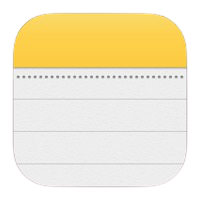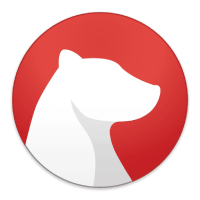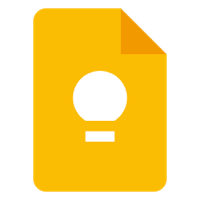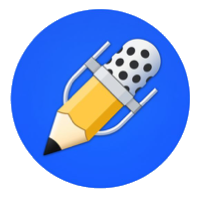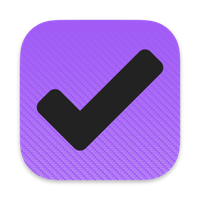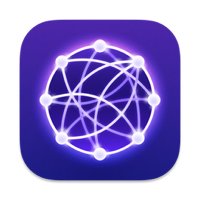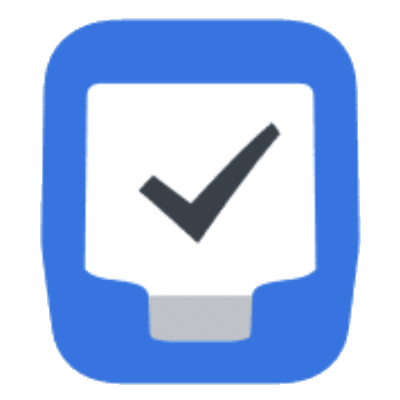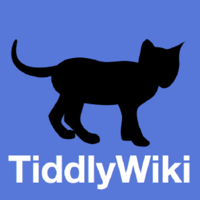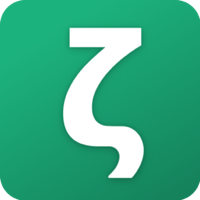Best Roam Research Alternatives for 2024

Roam bills itself as "a note-taking application for networked thought." It was built in 2019 and rose to prominence after a popular Hacker News post that championed the benefits of linking between notes, rather than using tags or traditional folder hierarchies. Its followers are known for their fervor, and the hastag #roamcult was a staple of X.com (Twitter) in 2020.
There are several possible explanations for why the query "Roam Research alternative" has risen to more than 1,000 queries per month, according to Google Ads. Partly, it is a reflection of how successful Roam has been at building enthusiasm for the initial product. But it also reflects a number of concerns that its users have expressed. Foremost among those is the lack of native mobile apps, now or in the near-term product roadmap. App performance has been an ongoing concern. Security posture is somewhat weaker than comparable apps.
The recommendations below focus on modern note taking apps (with the exception of Workflowy, the apparent inspiration for Roam's visual layout) that offer features like backlinking, daily notes, transclusion, and easily published content.
Apps Most Similar to Roam Research
For users who want a blend of Roam's best features, our research highlights four apps that stand apart as favorite destinations for past Roam users: Obsidian, Amplenote, Remnote, and Notion. Most of these apps have Roam importers, as well as supporting most of Roam's features.

Better than Roam Research
- More options to organize notes into hierarchy
- More performant than Roam
- Lifelong free plan available
Room for Improvement
- Transcluded text can't be edited
- Costs extra to sync beyond one device
- No sharing or document collaboration

Better than Roam Research
- Most to-do list features among any note-taking app
- Two-way task/calendar sync with Google/Outlook
- More performant than Roam, among the fastest apps tested
Room for Improvement
- Limited support for tables
- Transcluded content can't be edited
- Lack of inline tags

Better than Roam Research
- Extensive tagging/metadata options
- Daily notes
- Editable, block-level transclusion
Room for Improvement
- Limited import/export options
- No offline
- Steep learning curve

Better than Roam Research
- Locally stored notes
- Free & open source
- Basic table formatting
Room for Improvement
- No plugin system
- No web app
- No collaboration
🧐 Personalized Roam Research alternative recommendations
Choose a platform and at least one feature group below. Results will be sorted by which note apps share the most features with Roam Research, with precedence given to apps that offer a superset of the features you expect.
All Roam Research Alternative Note Apps Analyzed
As of December 2024, NoteApps.info has indexed 44 note taking apps across 341 features in 20 feature domains. We prioritize new note apps and features to analyze based on the votes of our community. This lets us provide you a data-backed take on which note apps will best suit your individual tastes.
A general summary of each app compared to Roam Research is provided from Google results below.
How the most popular note taking apps compare to Roam Research generally
Want to dig beyond personalized note app recommendations? Here's how the rest of the field compares to Roam Research as of 2024. All note apps are sorted alphabetically.

Amplenote and Roam both launched in 2019, both have extensive backlinks support, note publishing, and different types of content transcluding. Amplenote differentiates from Roam with its focus on providing the best to-do list of any note-taking app, which can be two-way synced to a user's Google or Outlook calendar. Amplenote also offers "Rich Footnotes," a way to embed many types of content into notes that can be embedded as blogs.
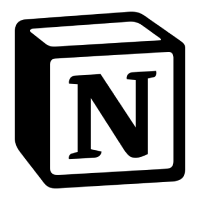
Between both having backlinks and being popular in 2020, Notion and Roam don't share much in the way of aesthetics, philosophy, or features. That said, it's common for users to keep a subscription to both Roam and Notion, since they both have advantages in their respective domains (Notion's "domain" being "teams collaboration" and "work projects").
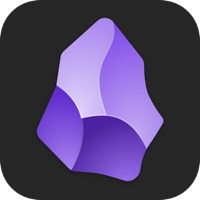
Obsidian shares much of its feature set with Roam, and has been publicly celebrated by Roam's founder for its "beautiful design." Unlike Roam, it offers a mobile app, as well as backlinking, graph view of backlinks, inline tags, and a second note window.

Remnote is among the 3rd generation note apps (with Amplenote, Obsidian, and Roam) that offer backlinks, unreferenced link promotion, and nested hierarchies. Remnote differentiates by being a preferred note app for students and others who are seeking to improve their recall for subjects being studied. Remnote stands apart from other NoteApps in the depth of interaction with their community.
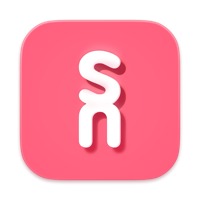
SuperNotes offers many of the features that Roam users love, including backlinks, LaTeX formatting, and multiple editing windows. Its price is for unlimited use is about half of that charged by Roam as of mid-2021.

Productivity YouTuber Shu Omi stated "If Roam and Notion had a baby, it'd be Tana."

Before there was Roam, there was Workflowy. Like Roam, it is based on the concept of a deep, nested hierarchy that can be used to organize ideas and collaborate with others. Its users especially appreciate the minimalistic UX, which can make Workflowy a bit more approachable than Roam for note taking newcomers.


